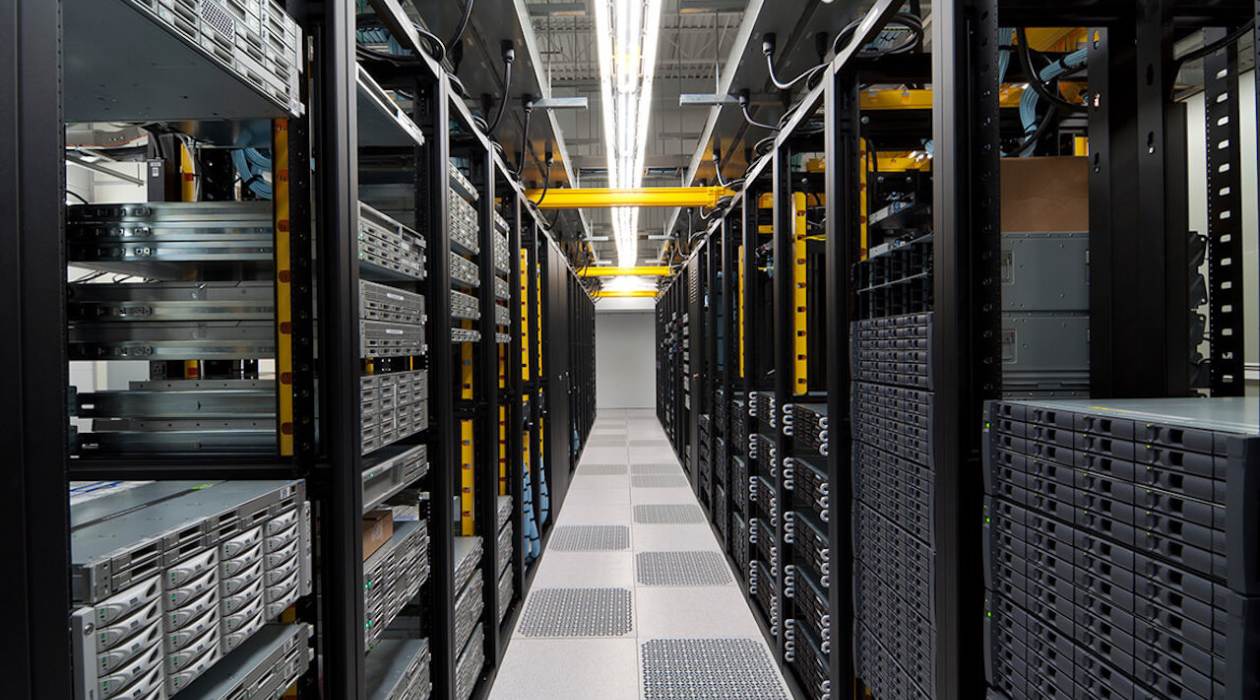

Articles
What Is CRAC In HVAC
Modified: August 27, 2024
Learn all about CRAC (Computer Room Air Conditioning) in HVAC systems in our informative articles. Gain insights on how CRAC units work, their importance, and maintenance tips.
(Many of the links in this article redirect to a specific reviewed product. Your purchase of these products through affiliate links helps to generate commission for Storables.com, at no extra cost. Learn more)
Introduction
In the world of HVAC (Heating, Ventilation, and Air Conditioning) systems, efficiency, reliability, and precision are key. To achieve optimal performance and temperature control, various components are used, one of which is the CRAC (Computer Room Air Conditioning) unit. The CRAC unit plays a vital role in maintaining the ideal environment for sensitive electronic equipment, such as servers, in data centers and computer rooms.
Understanding the function and importance of CRAC units is essential for anyone involved in the HVAC industry or managing these critical spaces. In this article, we will delve into the definition of CRAC, explore its components, understand how it works, and highlight the benefits of using CRAC units in HVAC systems.
Whether you are a facility manager, a technician, or simply interested in HVAC systems, this article will guide you through the world of CRAC units, shedding light on their significance and offering valuable insights into their operation and maintenance.
Key Takeaways:
- CRAC units are essential for maintaining precise temperature and humidity control in data centers, ensuring optimal performance and longevity of sensitive electronic equipment. Their advanced features contribute to energy efficiency and reliability.
- Understanding common CRAC unit issues and maintenance best practices is crucial for HVAC professionals and facility managers. Proper maintenance ensures continued efficiency and reliability of these critical cooling systems.
Read more: What Is A HVAC Sequencer
Definition of CRAC
A Computer Room Air Conditioning (CRAC) unit is a specialized cooling system designed to provide precise temperature and humidity control in data centers and computer rooms. These environments are known for housing high-density electronic equipment, such as servers, routers, and switches, which generate significant heat during operation.
CRAC units are designed to mitigate this heat by effectively removing it from the air and maintaining a constant temperature within the facility. They are specifically engineered to handle the cooling requirements of sensitive electronic equipment, ensuring its optimal performance and preventing damage due to overheating.
Unlike traditional air conditioning systems, CRAC units are more advanced and customizable. They are capable of precise temperature and humidity control, as well as offering features such as air filtering, airflow management, and redundancy options.
These units are typically installed in close proximity to the equipment they are cooling to minimize the distance and potential losses in cooling efficiency. They can also be integrated with the facility’s overall HVAC system to achieve a comprehensive cooling solution.
CRAC units are vital to today’s technology-driven world, as they provide the necessary cooling infrastructure to support the continuous operation of critical equipment. Without proper cooling and environmental control, the performance, reliability, and lifespan of electronic systems are significantly compromised.
Now that we have a clear understanding of what CRAC units are and their role in maintaining the ideal environment, let’s explore the various components that make up these critical cooling systems.
Importance of CRAC in HVAC Systems
CRAC units play a crucial role in HVAC systems, particularly in data centers and computer rooms. Their importance stems from the fact that electronic equipment, such as servers, routers, and switches, generate a significant amount of heat during operation. If this heat is not efficiently removed, it can lead to a host of problems, including performance degradation, component failure, and even system shutdowns.
Here are some key reasons why CRAC units are essential in HVAC systems:
- Precision Cooling: CRAC units are specifically designed to provide precise temperature control, ensuring that electronic equipment operates within the recommended temperature range. This precision helps maximize performance and prolong the lifespan of the equipment.
- Humidity Control: In addition to temperature control, CRAC units also regulate humidity levels in data centers and computer rooms. Sensitive electronic equipment is susceptible to damage from excessive humidity or dryness, so maintaining optimal humidity levels is critical for its proper functioning.
- Air Filtration: CRAC units are equipped with advanced air filtration systems to remove dust, dirt, and other airborne particles in the environment. This helps prevent contamination of sensitive equipment, ensuring its longevity and reducing the risk of malfunctions.
- Airflow Management: CRAC units are designed to manage and distribute airflow effectively within the facility. This helps ensure that cool air reaches equipment that requires it, while hot air is efficiently removed. Proper airflow management also contributes to energy efficiency and reduces the workload on cooling systems.
- Redundancy and Backup: Data centers and computer rooms often require high availability and reliability. CRAC units can be configured with redundant components and backup systems to ensure uninterrupted cooling even in the event of equipment failure or maintenance. This adds an extra layer of protection for critical electronic systems.
By incorporating CRAC units into HVAC systems, organizations can create a controlled, optimized, and stable environment for their valuable electronic equipment. This helps prevent costly downtime, equipment damage, and data loss, providing peace of mind and maintaining the productivity of operations.
Now that we understand the importance of CRAC units in HVAC systems, let’s take a closer look at the components that make up these cooling systems.
Components of a CRAC Unit
A CRAC (Computer Room Air Conditioning) unit is a complex system comprised of various components, each playing a specific role in maintaining the desired temperature and humidity in data centers or computer rooms. Understanding these components is essential for proper installation, maintenance, and troubleshooting. Let’s take a closer look at the key components of a CRAC unit:
- Compressor: The compressor is the heart of the CRAC unit and is responsible for circulating the refrigerant. It compresses the low-pressure refrigerant gas, increasing its temperature and pressure, ready for heat exchange.
- Condenser: The condenser is a heat exchanger that dissipates heat from the compressed refrigerant gas, causing it to condense into a high-pressure liquid. Heat is typically transferred to the surrounding air or a dedicated cooling medium.
- Evaporator: The evaporator is another heat exchanger that enables the heat absorption process. It evaporates the liquid refrigerant, causing it to turn into a low-pressure gas. This evaporation process absorbs heat from the air, cooling it down.
- Expansion Valve: The expansion valve regulates the flow of refrigerant into the evaporator. It creates a pressure drop, causing the refrigerant to expand and cool rapidly, ready to absorb heat in the evaporator.
- Air Filters: CRAC units are equipped with air filters to remove dust, debris, and other contaminants from the air before it enters the cooling system. Clean air filtration ensures the longevity of the equipment and maintains a clean environment for sensitive electronics.
- Fans: Fans are responsible for circulating the air within the CRAC unit and the facility. They help distribute cool air to critical areas and exhaust hot air from the equipment. Fans also aid in maintaining consistent airflow and temperature control.
- Control System: The control system is the brain of the CRAC unit, responsible for monitoring and regulating various parameters such as temperature, humidity, airflow, and system performance. It ensures that the unit operates within the desired parameters and provides the necessary adjustments for optimal cooling.
In addition to these primary components, CRAC units may also include features such as humidity sensors, alarms, redundant components for failover, and integrated management systems for remote monitoring and control.
Each component in a CRAC unit plays a vital role in achieving efficient cooling and maintaining a controlled environment for the sensitive electronic equipment in data centers and computer rooms. Proper understanding of these components, their functions, and their interactions is crucial for effective system operation and maintenance.
Now that we know the components of a CRAC unit, let’s explore how these units work to provide effective cooling in HVAC systems.
How CRAC Units Work
CRAC (Computer Room Air Conditioning) units are designed to provide precise temperature and humidity control in data centers and computer rooms. To achieve this, they utilize a combination of mechanical and electrical components that work together to create a controlled cooling environment. Let’s take a closer look at how CRAC units work:
1. Cooling Process: The cooling process begins with the compressor. The compressor circulates a refrigerant, typically a gas or liquid, through the CRAC unit. As the refrigerant passes through the compressor, it is compressed, which increases its temperature and pressure.
2. Heat Dissipation: The compressed refrigerant then moves to the condenser, a heat exchanger. In the condenser, the refrigerant releases heat to the surrounding environment or to a cooling medium, such as water. This causes the refrigerant to condense from a high-pressure gas to a high-pressure liquid.
3. Expansion and Evaporation: From the condenser, the high-pressure liquid refrigerant passes through an expansion valve. The expansion valve regulates the flow of refrigerant into the evaporator, where the pressure drops. This sudden drop in pressure causes the refrigerant to rapidly expand and evaporate, resulting in a low-pressure gas.
4. Heat Absorption: As the refrigerant evaporates in the evaporator, it absorbs heat from the surrounding air. This heat absorption process cools down the air, creating a cold airflow that is distributed throughout the facility.
5. Air Circulation: Fans within the CRAC unit help circulate the cooled air, directing it towards the electronic equipment that requires cooling. At the same time, the fans exhaust the hot air created by the electronic equipment, ensuring proper airflow and preventing the buildup of heat.
6. Humidity Control: CRAC units also regulate humidity levels in the environment. This is typically achieved through the use of cooling coils within the unit that dehumidify the air as it passes through. The control system of the CRAC unit monitors and adjusts the humidity level, ensuring it stays within the desired range.
7. Control and Monitoring: The control system of the CRAC unit continuously monitors various parameters like temperature, humidity, and airflow. It adjusts the operation of the unit as needed to maintain the desired conditions. The control system may also provide remote monitoring and control capabilities, allowing facility managers to monitor and manage the CRAC unit’s performance from a central location.
By effectively combining these processes and components, CRAC units provide precise and efficient cooling in data centers and computer rooms. They ensure that sensitive electronic equipment operates within the optimal temperature and humidity range, preventing overheating, performance degradation, and equipment failure.
Now that we have explored how CRAC units work, let’s move on to understanding the benefits of using these units in HVAC systems.
Regular maintenance of CRAC (Computer Room Air Conditioning) units in HVAC systems is essential to ensure efficient cooling and prevent downtime. This includes cleaning filters, checking refrigerant levels, and inspecting for any signs of wear or damage.
Read more: What Is A HVAC Contractor
Benefits of using CRAC Units in HVAC Systems
CRAC (Computer Room Air Conditioning) units offer numerous benefits when integrated into HVAC systems, particularly in data centers and computer rooms. These benefits contribute to the overall efficiency, reliability, and longevity of the equipment and the facility as a whole. Let’s explore the key advantages of incorporating CRAC units:
- Precision Cooling: CRAC units provide precise temperature control, ensuring that sensitive electronic equipment operates at the ideal temperature range. This precision helps prevent overheating, which can lead to performance issues, equipment failures, and costly downtime.
- Humidity Control: In addition to temperature control, CRAC units regulate humidity levels in data centers and computer rooms. Maintaining optimal humidity helps prevent damage caused by excessive moisture or dryness, protecting the equipment and optimizing its performance.
- Energy Efficiency: CRAC units are designed with energy efficiency in mind. They utilize advanced technologies, such as variable speed fans and intelligent temperature control, to optimize energy consumption. This results in lower energy bills and a reduced carbon footprint.
- Improved Equipment Lifespan: The precise cooling provided by CRAC units helps extend the lifespan of electronic equipment. By maintaining optimal temperature and humidity levels, these units ensure that the equipment operates under favorable conditions, reducing the risk of premature wear and failures.
- Redundancy and Reliability: CRAC units can be configured with redundant components or backup systems to ensure high availability and reliability. This redundancy minimizes the risk of system failures and provides continuous cooling even during equipment maintenance or failures.
- Air Filtration: CRAC units are equipped with efficient air filtration systems that remove dust, debris, and other particles from the air. This helps keep the equipment clean and free from contaminants, reducing the risk of malfunctions and enhancing its performance and lifespan.
- Scalability: CRAC units can be easily scaled up or down to accommodate changes in equipment density or cooling requirements within the facility. This adaptability allows for seamless expansion or consolidation without compromising cooling efficiency.
- Improved Airflow Management: CRAC units incorporate advanced airflow management mechanisms. They ensure that cool air is effectively directed to the areas that require cooling, while hot air generated by the equipment is efficiently exhausted. Proper airflow management contributes to consistent temperature control and energy efficiency.
By leveraging the benefits of CRAC units, organizations can create a highly controlled and reliable cooling environment for their critical equipment. This leads to increased operational efficiency, reduced downtime, improved equipment performance, and overall cost savings.
Now that we understand the benefits of using CRAC units in HVAC systems, let’s delve into some common issues that may arise with these units and explore troubleshooting techniques.
Common Issues and Troubleshooting with CRAC Units
While CRAC (Computer Room Air Conditioning) units are designed to operate reliably and efficiently, issues may still arise over time. Understanding common problems that can occur with CRAC units and knowing how to troubleshoot them is crucial for maintaining optimal performance. Let’s explore some common issues and their troubleshooting techniques:
- Insufficient Cooling: If the CRAC unit is not providing adequate cooling, check the thermostat settings to ensure they are set correctly. Inspect the air filters for blockages and clean or replace them as necessary. Verify that there are no obstructions to the airflow and that the fans are operating properly. If the issue persists, it may indicate a problem with the refrigerant levels or the compressor, requiring professional assistance.
- Excessive Noise: Unusual or excessive noise from the CRAC unit may indicate a problem with the fans or motor. Check for any loose or damaged components that could be causing the noise. Ensure that the unit is properly balanced and that the fan blades are clean. If the issue persists, it is recommended to contact a qualified technician to further diagnose and resolve the problem.
- Water Leakage: Water leakage can occur if there is a clog or blockage in the condensate drain line or if the drain pan is damaged or improperly installed. Inspect the drain line and pan for any obstructions or cracks. Clear any blockages and ensure proper drainage. If the issue persists, it is advisable to seek professional assistance to prevent further damage or water-related issues.
- Inconsistent Temperatures: If the CRAC unit is providing inconsistent temperature control, check the thermostat settings to ensure they are accurate. Inspect the temperature sensors and ensure they are properly calibrated. Verify that the control system is functioning correctly and communicating with the various components of the unit. If necessary, recalibrate or replace temperature sensors and seek professional help if the issue persists.
- Poor Airflow: Insufficient or obstructed airflow can result in reduced cooling efficiency. Check the air filters for blockages and clean or replace them as needed. Inspect the fans to ensure they are operating at the correct speed and that there are no obstructions to the airflow. If the issue persists, it may indicate a problem with the fan motors or airflow distribution system, requiring professional attention.
- Electrical Issues: Electrical problems can cause CRAC units to malfunction or stop working altogether. Check for any loose connections, damaged wires, or blown fuses. Ensure that the voltage and electrical supply to the unit are within the specified range. If electrical issues are suspected, it is crucial to consult a qualified electrician or HVAC technician for diagnosis and resolution.
It is important to note that troubleshooting CRAC units should be approached with caution, and some issues may require the expertise of trained technicians. Regular maintenance and inspections can also help identify potential problems before they escalate. Adhering to manufacturer’s guidelines and recommended maintenance schedules can significantly reduce the occurrence of issues and ensure the optimal performance of CRAC units.
Now that we have covered the common issues and troubleshooting techniques for CRAC units, let’s move on to discussing maintenance best practices to keep these units in excellent working condition.
Maintenance and Best Practices for CRAC Units
Maintaining CRAC (Computer Room Air Conditioning) units is crucial for ensuring their optimal performance and longevity. Regular maintenance helps prevent issues, ensures energy efficiency, and prolongs the lifespan of the equipment. Here are some best practices to follow for the maintenance of CRAC units:
- Regular Cleaning: Clean and replace the air filters as recommended by the manufacturer. Dirty air filters restrict airflow, reduce cooling efficiency, and can lead to equipment malfunctions. Regular cleaning of the unit’s coils, fans, and other components is also important to prevent the buildup of dust and debris, which can hinder performance.
- Inspect and Clean Condensate Drain Line: Check the condensate drain line regularly for any clogs or blockages. A blocked drain line can cause water leakage and damage to the unit and the surrounding area. Clean the drain line and pan to ensure proper drainage and prevent the growth of mold or bacteria.
- Verify Proper Airflow: Ensure that there are no obstructions to airflow, such as blocked vents or equipment positioned too closely to the unit. Proper airflow is crucial for efficient cooling and preventing hot spots. Verify that the fans are operating at the correct speed and direction.
- Monitor Temperature and Humidity: Regularly monitor and calibrate the temperature and humidity sensors of the CRAC unit. This ensures accurate control and prevents equipment damage due to extreme temperature or humidity levels. Regularly perform tests to verify that the CRAC unit is maintaining the desired conditions.
- Check for Refrigerant Leaks: Inspect the refrigerant lines for any signs of leaks, such as oil stains or frost accumulation. Refrigerant leaks can impact the cooling efficiency and cause damage to the unit. If any leaks are detected, promptly repair them and recharge the refrigerant as needed.
- Perform Regular System Optimization: Regularly optimize the CRAC unit’s settings and controls based on the specific cooling requirements of the facility. Adjust airflow and temperature settings as necessary to ensure optimal performance while maintaining energy efficiency. Regularly monitor and analyze energy usage to identify any areas where efficiency can be improved.
- Schedule Professional Maintenance: While regular cleaning and inspections can be performed by facility personnel, it is essential to schedule professional maintenance at regular intervals. Professional technicians can perform more in-depth inspections, address complex issues, and ensure that all components are functioning properly.
- Document Maintenance and Repairs: Maintain a comprehensive record of all maintenance activities, repairs, and any modifications made to the CRAC unit. This documentation helps track the equipment’s history, provides valuable information for troubleshooting future issues, and ensures compliance with warranty requirements.
Following these maintenance best practices will help ensure that CRAC units operate at peak performance, deliver efficient cooling, and maintain the ideal environment for sensitive electronic equipment in data centers and computer rooms.
With proper maintenance and adherence to best practices, CRAC units can provide reliable and efficient cooling for years to come.
Now that we have covered maintenance best practices, let’s conclude the article by summarizing the key points discussed.
Conclusion
In conclusion, CRAC (Computer Room Air Conditioning) units play a crucial role in HVAC systems, specifically in data centers and computer rooms. These specialized cooling systems provide precise temperature and humidity control, ensuring the optimal performance, reliability, and longevity of sensitive electronic equipment.
Throughout this article, we have explored the definition of CRAC units, their components, and how they work to provide effective cooling. We have also highlighted the importance of CRAC units in HVAC systems, emphasizing their ability to deliver precision cooling, humidity control, and air filtration. Additionally, we discussed the benefits of using CRAC units, including energy efficiency, improved equipment lifespan, and scalability.
Furthermore, we addressed common issues that may arise with CRAC units, such as insufficient cooling, excessive noise, water leakage, inconsistent temperatures, poor airflow, and electrical problems. By understanding these issues and following troubleshooting techniques, users can address these problems promptly and efficiently.
Maintenance best practices were also discussed, emphasizing the importance of regular cleaning, inspection, and optimization of CRAC units. By following these practices and scheduling professional maintenance, users can ensure the continued performance and efficiency of their CRAC units.
CRAC units are integral to maintaining the ideal environment for sensitive electronic equipment in data centers and computer rooms. Their ability to provide precise cooling, humidity control, and air filtration has a direct impact on the performance and longevity of this critical equipment.
Overall, understanding the function and importance of CRAC units is essential for HVAC professionals, facility managers, and anyone responsible for managing data centers or computer rooms. By incorporating CRAC units into HVAC systems and following proper maintenance practices, organizations can optimize the performance and reliability of their electronic equipment while minimizing downtime and reducing energy consumption.
As technology continues to advance and the demand for efficient and reliable cooling solutions grows, CRAC units will remain vital in ensuring the proper functioning of data centers and computer rooms in our technology-driven world.
Frequently Asked Questions about What Is CRAC In HVAC
Was this page helpful?
At Storables.com, we guarantee accurate and reliable information. Our content, validated by Expert Board Contributors, is crafted following stringent Editorial Policies. We're committed to providing you with well-researched, expert-backed insights for all your informational needs.
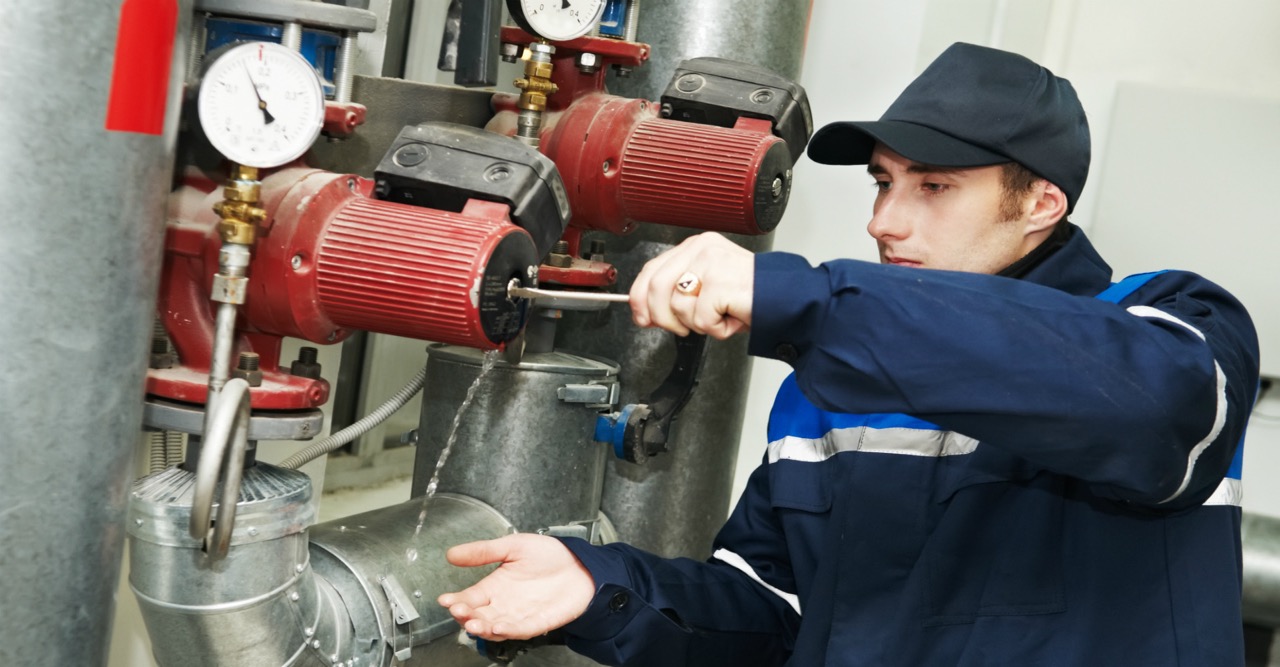
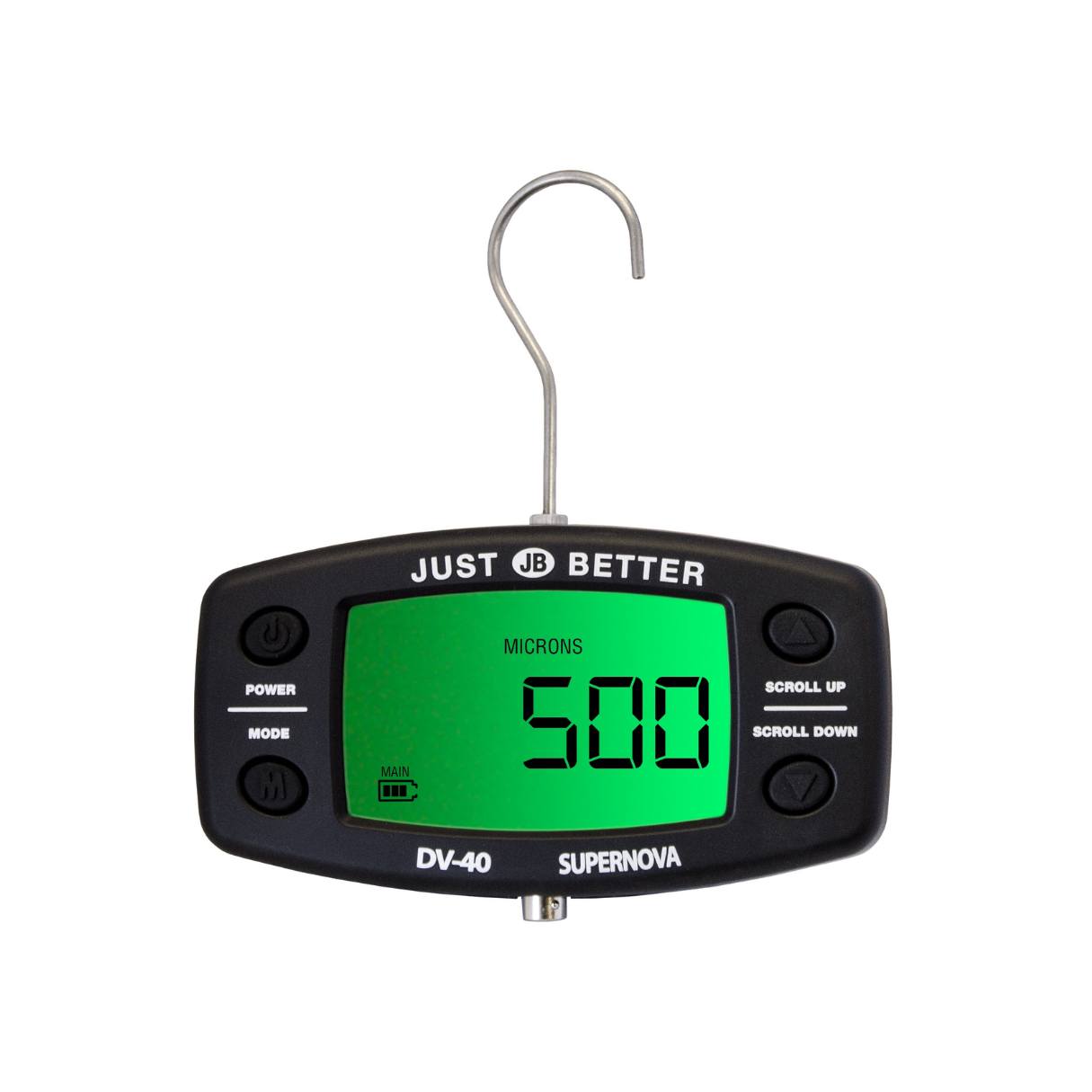
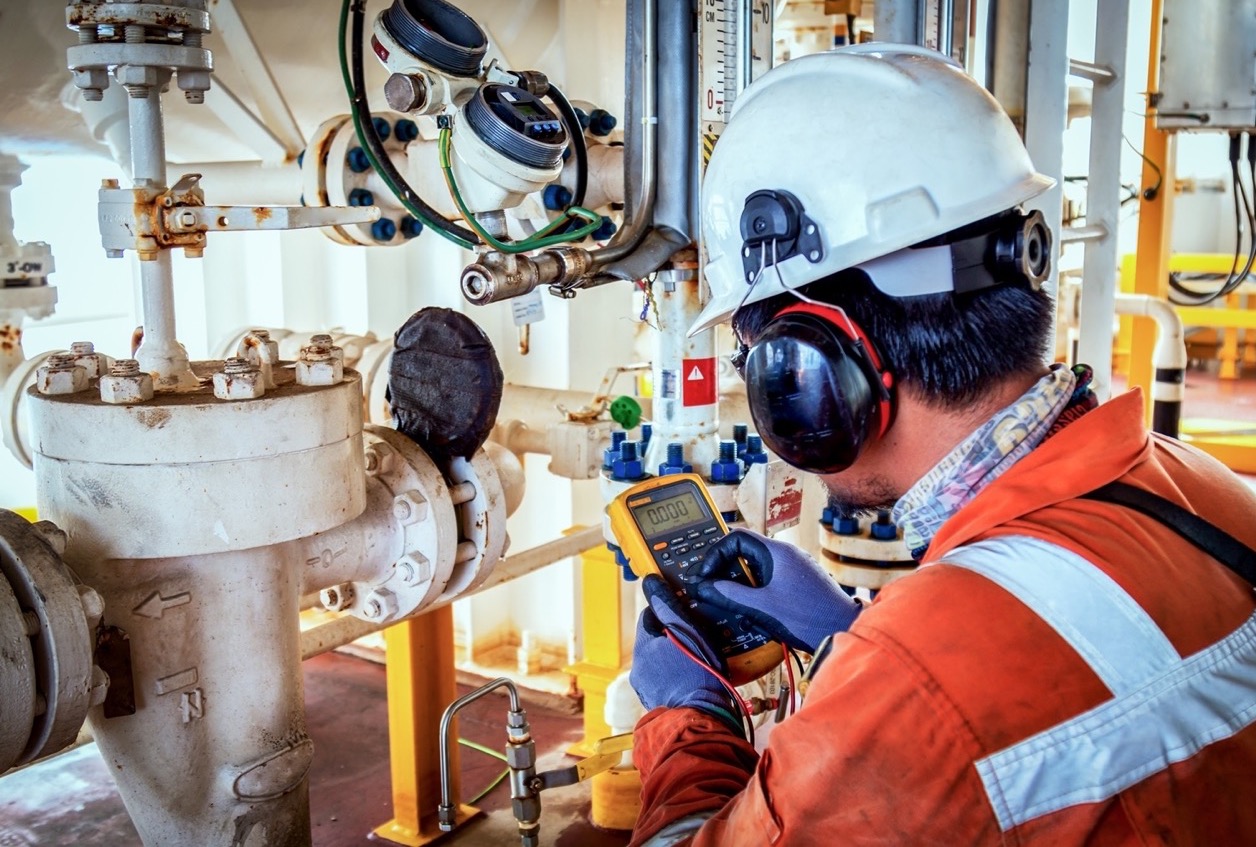
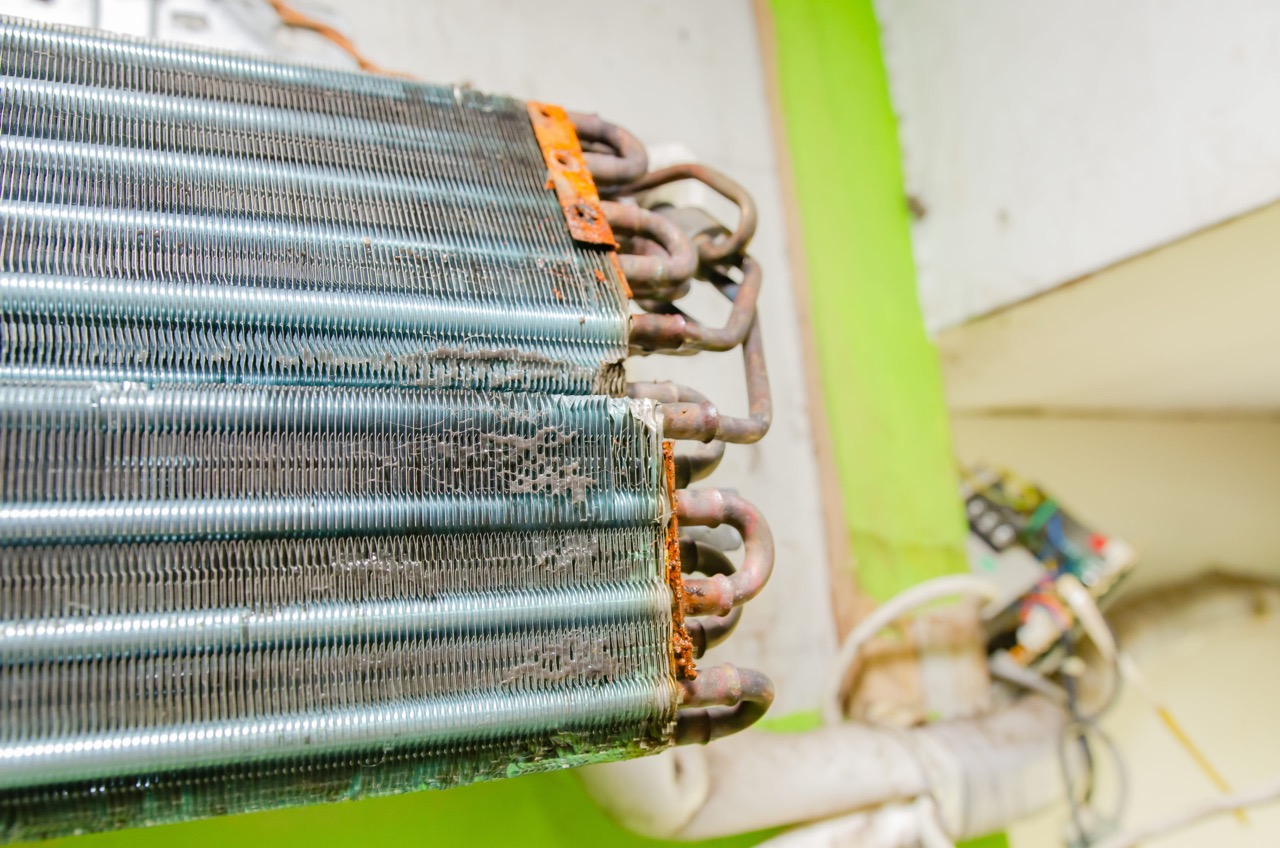
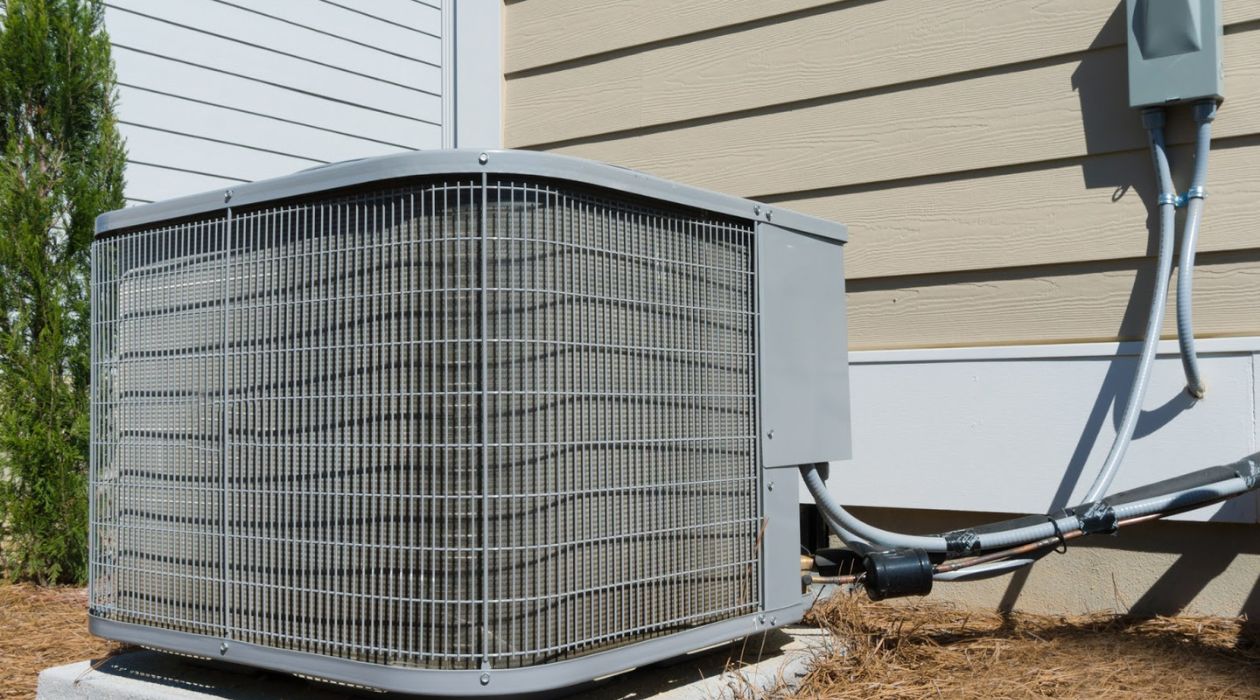
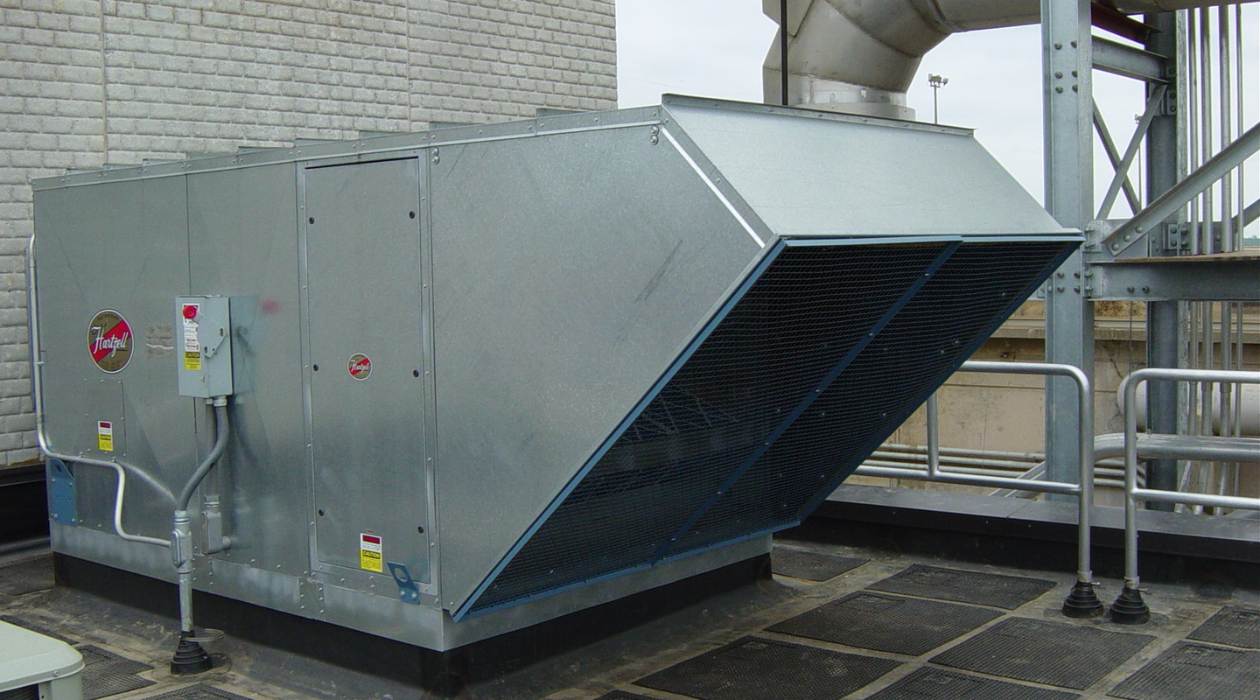
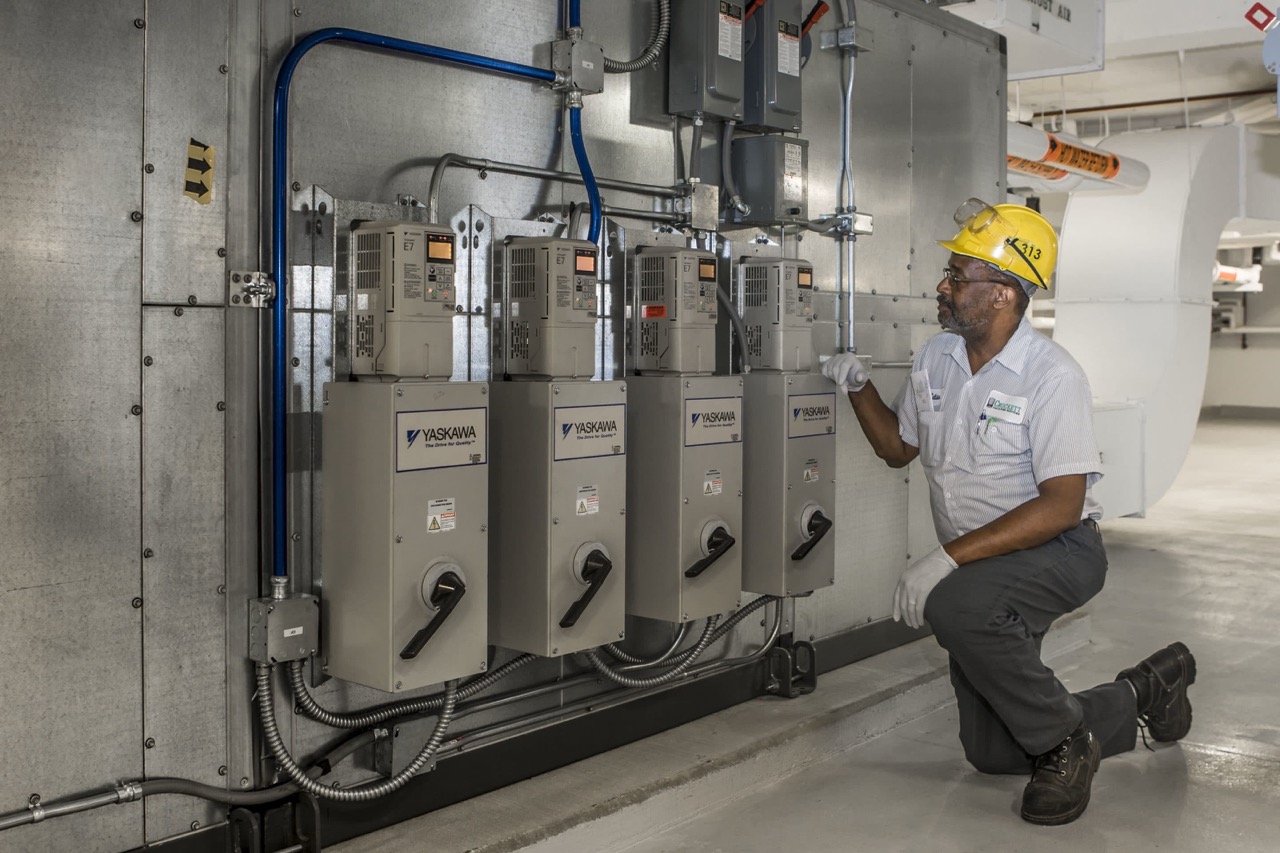
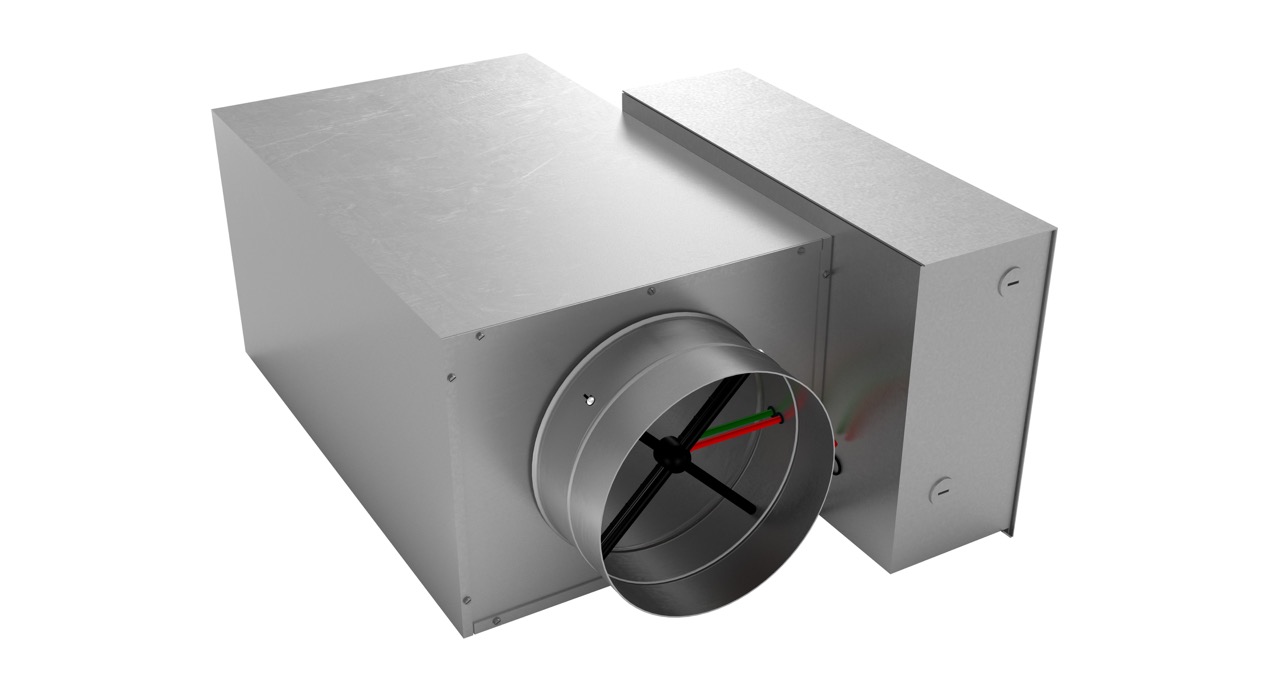
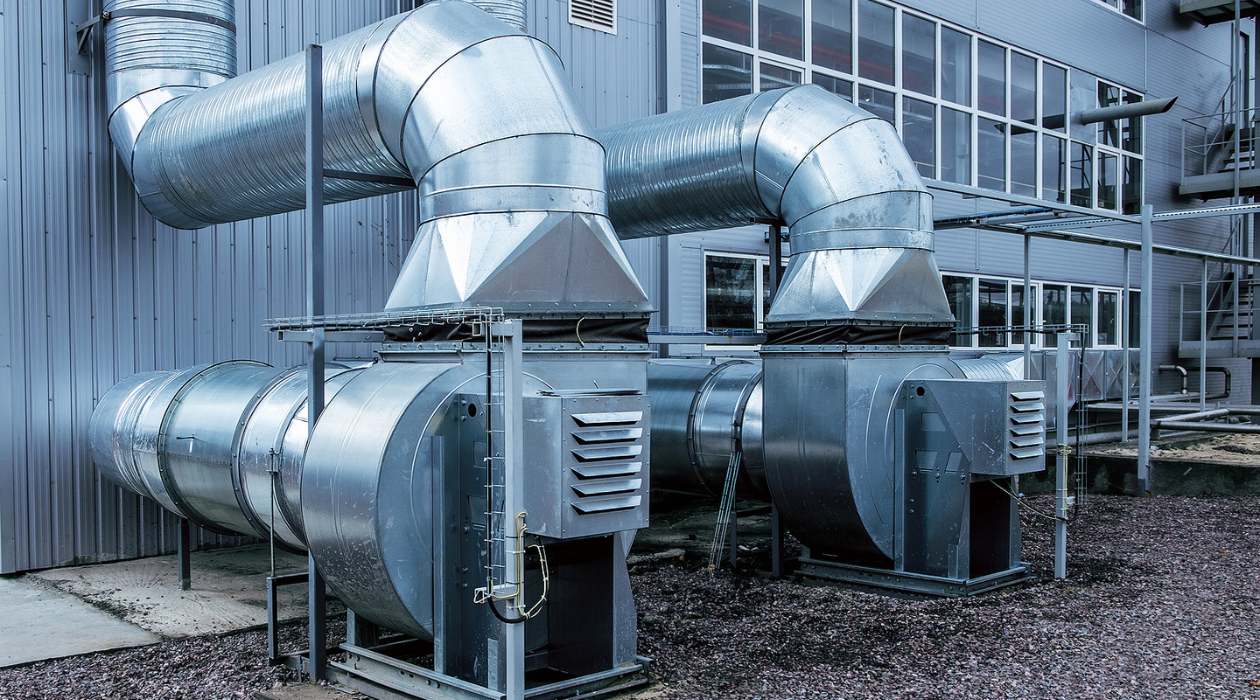
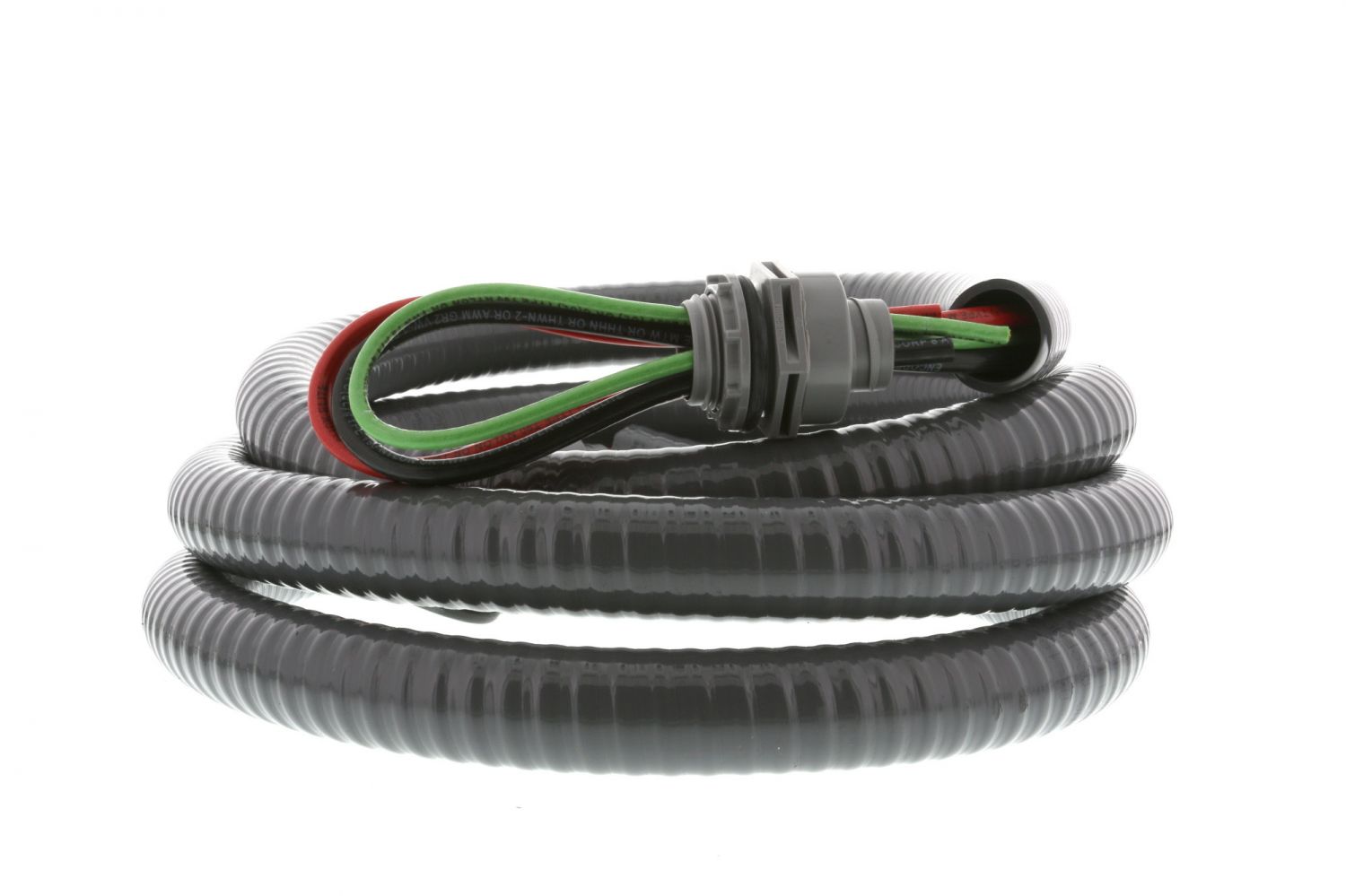
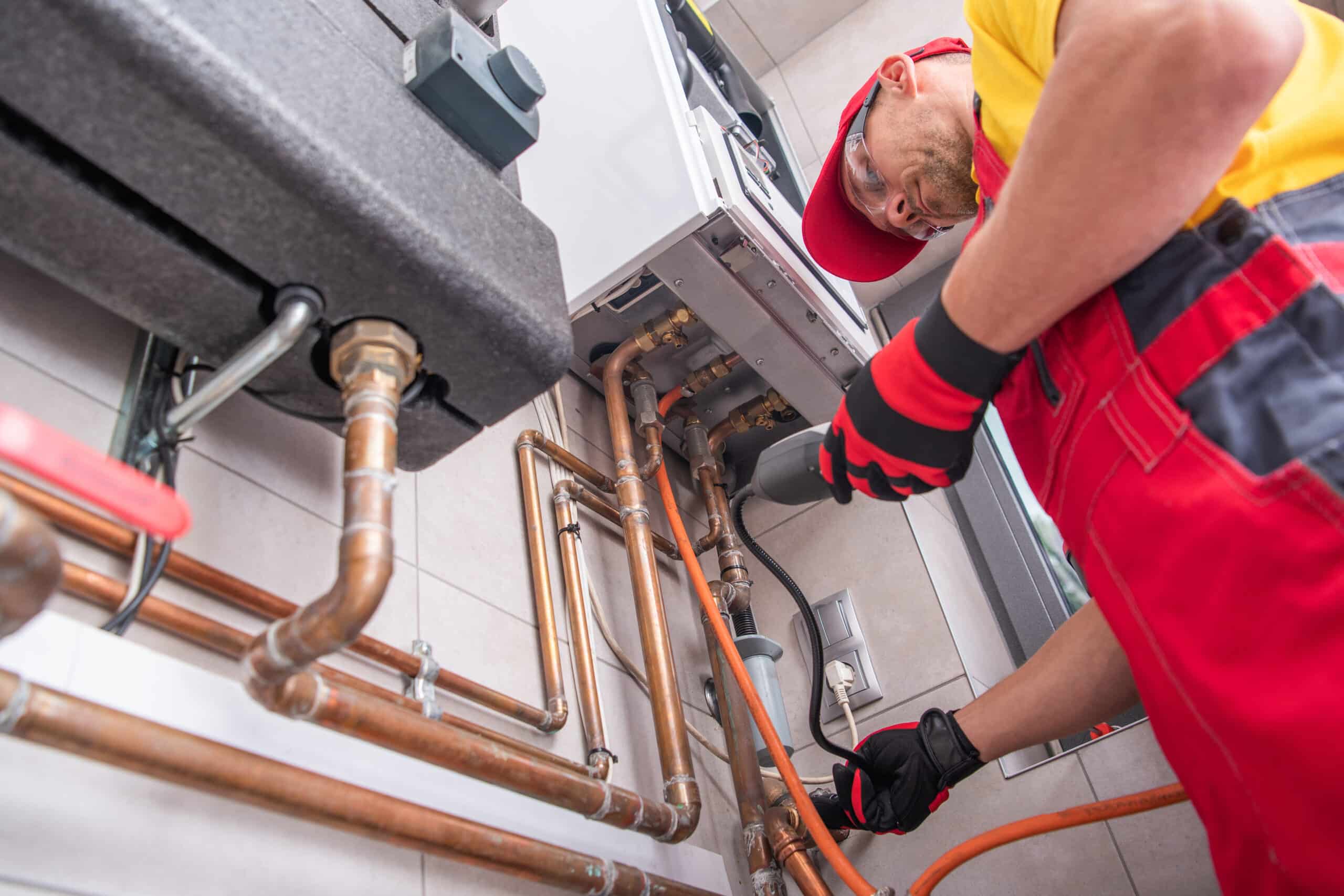
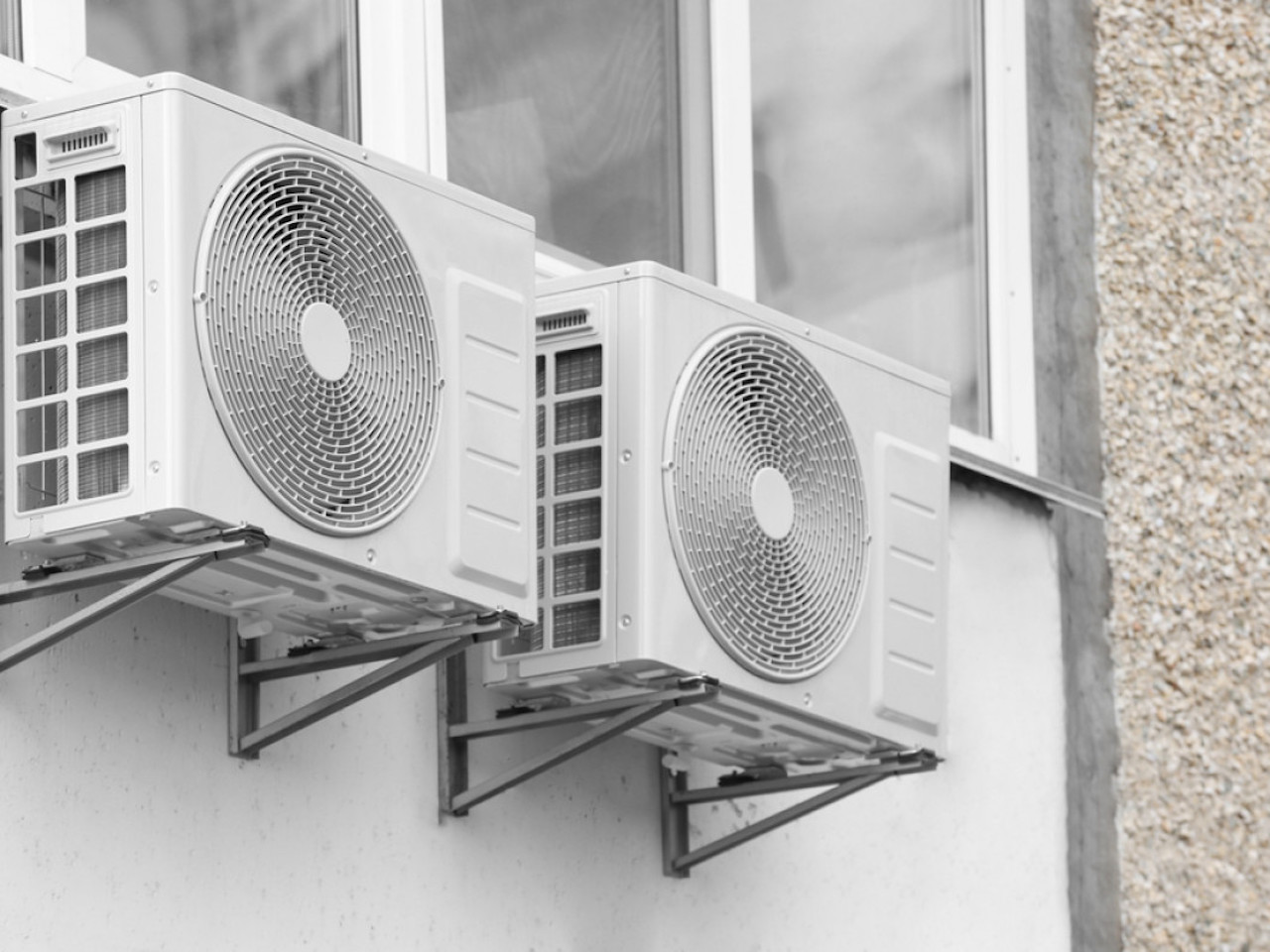
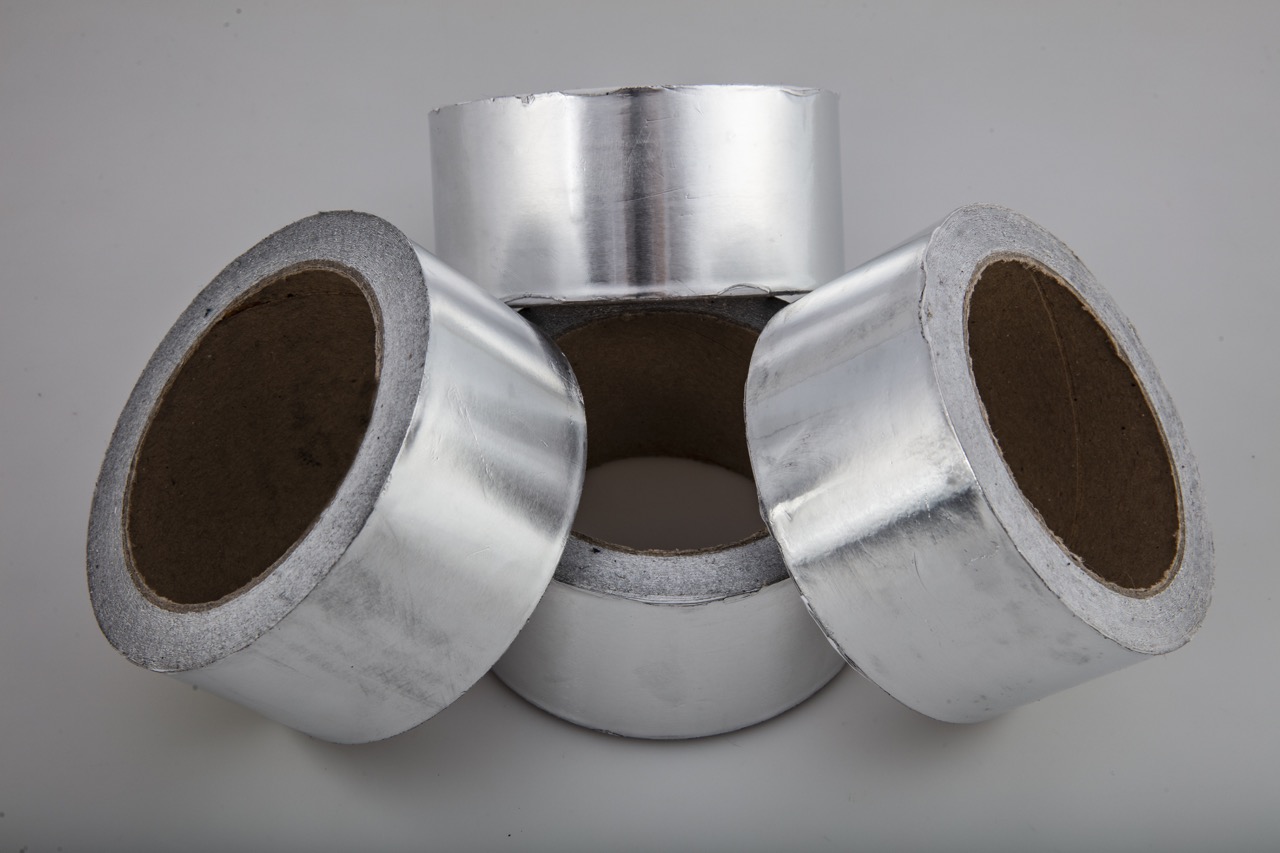
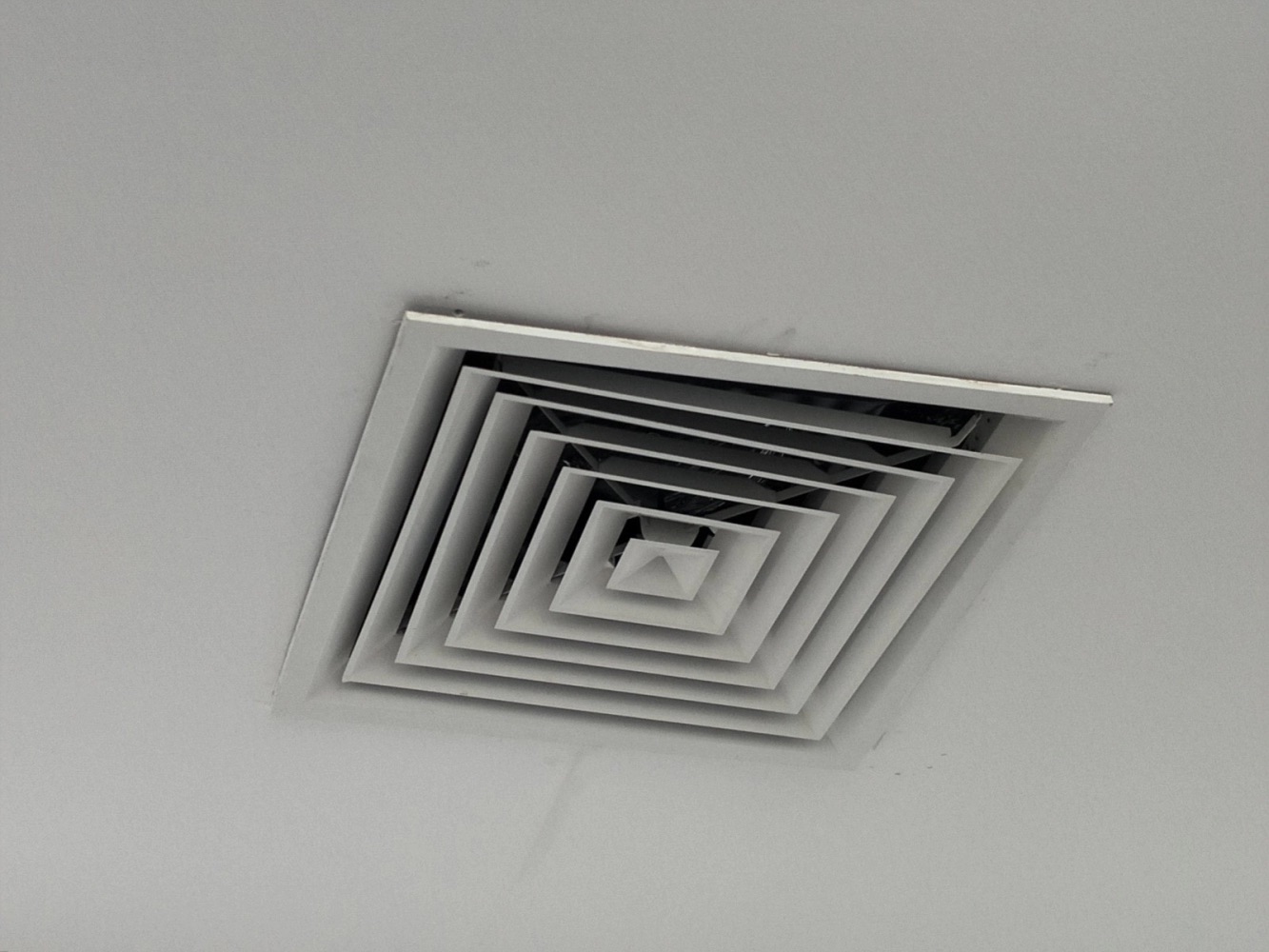

0 thoughts on “What Is CRAC In HVAC”